When browsing the media section at Barnes & Noble, one may find themselves drawn to a section filled with classic and contemporary films bearing the name Criterion Collection. While some of these titles carry worldwide recognition and others more on the obscure side, they all share two things in common - their expensive price tag and cult-like following among cinema lovers. Whether talking to a film buff at your favorite low-key movie theater or a recent film graduate looking to impress anyone in earshot with his or her expansive film knowledge, the Criterion brand carries a lot of weight and will likely be brought up more than once under the proper circumstances.
But just what exactly is the Criterion Collection, and why is it so important? To the uninitiated, films in the Criterion Collection are nothing more than mostly unheard-of movies with unique box art and hefty price tags, but the Criterion Collection carries far more significance than what one might expect. For Criterion, simply having a high-quality copy of a film isn't good enough, as they work hard to restore and preserve some of the most important and influential films of all time, thus ideally increasing each entry's exposure to newer audiences. In addition to newly restored footage in Blu-ray, 4k, or both, each entry contains an abundance of special features that are sure to give Criterion collectors excellent value for their purchases.
Everything from old commentary tracks to newly recorded ones and exclusive behind the scenes footage offer viewers hours of additional context regarding a film's creation that is bound to inspire a greater appreciation for each respective project. So restoration and special features are available, is that it? Here is the history of Criteron and why it is so important.
Update August 28, 2023: Whether a fan of the Criterion Collection or new to it, this article was updated by Micah Bailey with even more information about Criterion.
A Brief History
When home video really took off in the '70s and '80s, all that mattered was being able to own the film. For decades prior, the only way to re-watch a movie was by hoping the film would return to a local theater at a discounted price or catch it on cable television. Even though owning a copy of one's favorite movie and re-watching it endlessly was good enough for most, die-hard cinema fans still wanted more. Simply watching a film wasn't enough, as these cinephiles eventually wanted to see how the film was brought to life and hear from those responsible. Some Betamax and VHS tapes included one or two featurettes and occasionally the movie's trailer, but limits in technology prevented cinephiles from getting the full scoop. Whereas Betamax was only able to record up to an hour's worth of content, VHS could record up to six, thus paving the way for the invention of LaserDiscs.
LaserDisc was one of the first attempts to put movies in a disc format. While it was in steady competition with VHS for a while, VHS eventually won out as it was cheaper than LaserDisc. Although owning a movie on LaserDisc meant the film was available in the best visual and audio quality at the time, it also likely meant you were financially well-off enough to spend disposable income on movies - a luxury not many people had in the early 1990s. Discs also offered more storage than standard tape despite most moderate-length films needing several discs. Furthermore, a film would need both sides of several discs; thus most films would fit on an odd number of sides, meaning the final disc would have nothing on one side. This was known as a dead side, and in 1984, Criterion found a use for these dead sides.
Citizen Kane was the first film released by The Criterion Collection in 1984. The LaserDisc offered not only the best quality version of the film at the time, but it also contained special features that had never been seen before. While special features are expected today, it was a luxury in the 1980s, and this Criterion LaserDisc is where it all started. Even though numerous other film distributors quickly adopted the practice of adding special features and commentaries to their LaserDiscs, Criterion already firmly cemented its status as the originator of this concept.
What Exactly Is Criterion?
According to the official mission statement found on the Criterion site,
"The Criterion Collection has been dedicated to publishing important classic and contemporary films from around the world in editions that offer the highest technical quality and award-winning, original supplements."
One look at the catalog, and this is proven as some of the most iconic and influential films of all time have made their way to the Criterion Collection at some point in time. Films such as Federico Fellini's La Dolce Vita, Akira Kurosawa's Seven Samurai, and The Seventh Seal by Ingmar Bergman are no-brainers. However, unexpected projects like Michael Bay's Armageddon, John Hughes' hotly debated The Breakfast Club, and the Kevin Smith 1990s classic Chasing Amy are notable examples of the Criterion Collection's diverse catalog. It might be baffling to some that a prestigious film library can contain a film featuring Jay and Silent Bob alongside Jonathan Demme's Silence of the Lambs, but that is one of the reasons why it's so beloved.
The Criterion Collection doesn't look at cinema as a whole when deciding whether a film is impactful or not. Those at Criterion know that film, like all art forms, is purely subjective. They know that films like Citizen Kane may have impacted the world of film in a huge way, but some filmgoers may not care for it. Rather than looking at cinema as a whole, they look at the films themselves and their own personal impact. Chasing Amy didn't change the entire film industry by any means, but what it did do was impact the genre of dramatic comedies and ways in which they're made. Culturally, the film had a large impact on '90s entertainment and even had a hand in how homosexuality was portrayed in the media. That is why this film, along with all others, is chosen.
Not every film in the Criterion Collection is known as the best movie of all time, but each one has impacted the culture in one meaningful way or another, thus allowing lovers of all types of films to find something in the Collection. This will also allow them to expand their film knowledge and look at other films in the Collection they may not have thought of before. For instance, cinema lovers of today can watch the cheesy '50s B-movie The Blob and possibly reevaluate it through a new critical lens as perhaps a Cold War allegory - something most audiences in its day might not have done.
Restoration
In addition to preserving each film's technical quality, Criterion also works tirelessly to ensure a filmmaker's vision is respected and preserved in their releases as well. While newer films such as Martin Scorsese's The Irishman, one of the best Netflix original movies, require little to no restoration, films that are several decades (or even a century) old are another story. When applicable, the Criterion team works from the original camera negatives to polish and clean up a film to make it look even better than when it was released. The preservation of films that other studios may not have any interest in ensures that these movies will not be lost to time as so many others tragically have been.
All the restorations are done in-house, with some of the more interesting featurettes include chronicling the process of restoring these titles. It is a painstaking undertaking that proves just how dedicated the Criterion Collection team is to preserving these films for future generations, and this is a huge part of the reason Criterion titles are typically more expensive than other releases. Another reason for the pricier tag is that Criterion must secure the rights to distribute the films - itself a very pricey undertaking.
Exposure to Unique Films
One of the Criterion Collection's more unique qualities is that it exposes its audience to well-made films that might not have received a major theatrical release or even been released in the United States. To those in the know, the Criterion Collection is the premiere film distributor for important and influential films; thus, in 2020, they were called out for their notable lack of films made by Black filmmakers.
While things have certainly improved since the 2020 article was published, it is still a mystery how Barry Jenkins' Moonlight, Jordan Peele's Get Out, and the late John Singleton's Boyz in the Hood are nowhere in their collection despite each film's influence on pop-culture and impact on the film industry. While we aren't saying every film written and directed by a person of color should be included in the collection on principle alone, we are saying that the signature little blue dot on the packaging of a filmmaker's work increases their exposure to wider audiences exponentially.
Therefore, the Criterion Collection has a responsibility to the craft and people considering a career in it to include a diverse range of projects in its collection as filmmakers from all over the world have something interesting to say about the human experience. Criterion president Peter Becker has owned up to the company’s failings and committed to righting the ship. In an interview with The New York Times, he said "There’s nothing I can say about it that will make it OK. The fact that things are missing, and specifically that Black voices are missing, is harmful, and that’s clear. We have to fix that.”
Artistic Seal of Approval
As any avid collector of films in the Criterion Collection will tell you, a certain prestige comes with expanding one's collection from a standard home release to a Criterion Collection release. For anyone seeking to become a filmmaker in their own right or someone who enjoys watching classics, Criterion's commentary from each film's respective filmmaker offers an invaluable amount of insight into the themes explored in the film and each phase of a movie's production.
Everything ranging from securing a film's budget to scouting for locations to reading with prospective actors to principal photography to running into budgetary issues to finally editing the film is covered in meticulous detail, and one of the most beneficial qualities of these supplements is that it shows aspiring filmmakers the reality of making a movie. Additionally, you feel pretty cool owning a piece of media that has been reviewed and approved by the filmmaker or his/her estate, and you can take solace in knowing your purchase has a hand in helping to preserve film.
For 38 years, The Criterion Collection has ensured that some of the most important and influential films are preserved for fans to easily access. Criterion even has a streaming service that houses most of its titles and is one of the best streaming sites for movie lovers. Film buffs and lovers of physical media owe a lot to Criterion, so the next time you find yourself at Barnes & Noble or are looking for a favorite film to own, check Criterion. Odds are you will find the price tag is more than worth it.

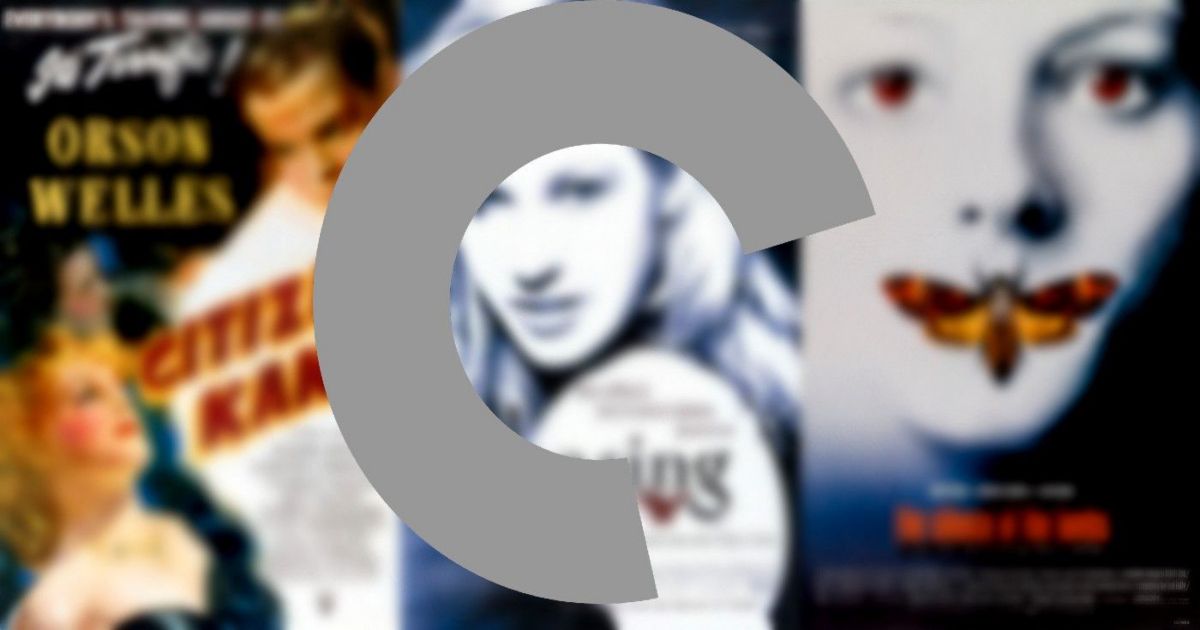
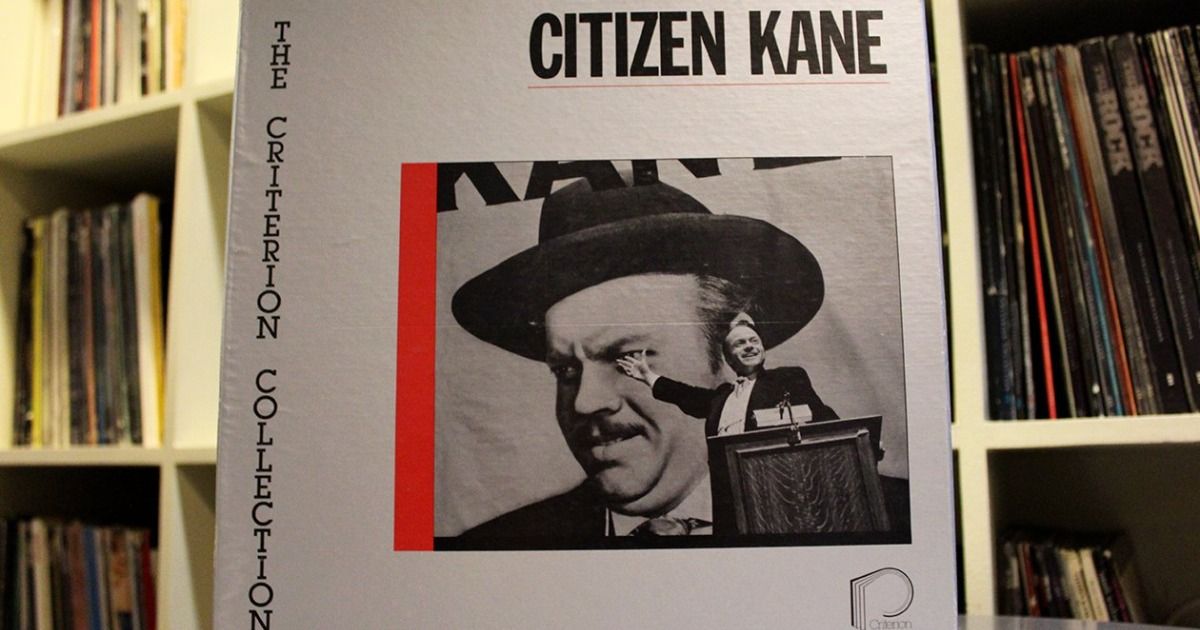
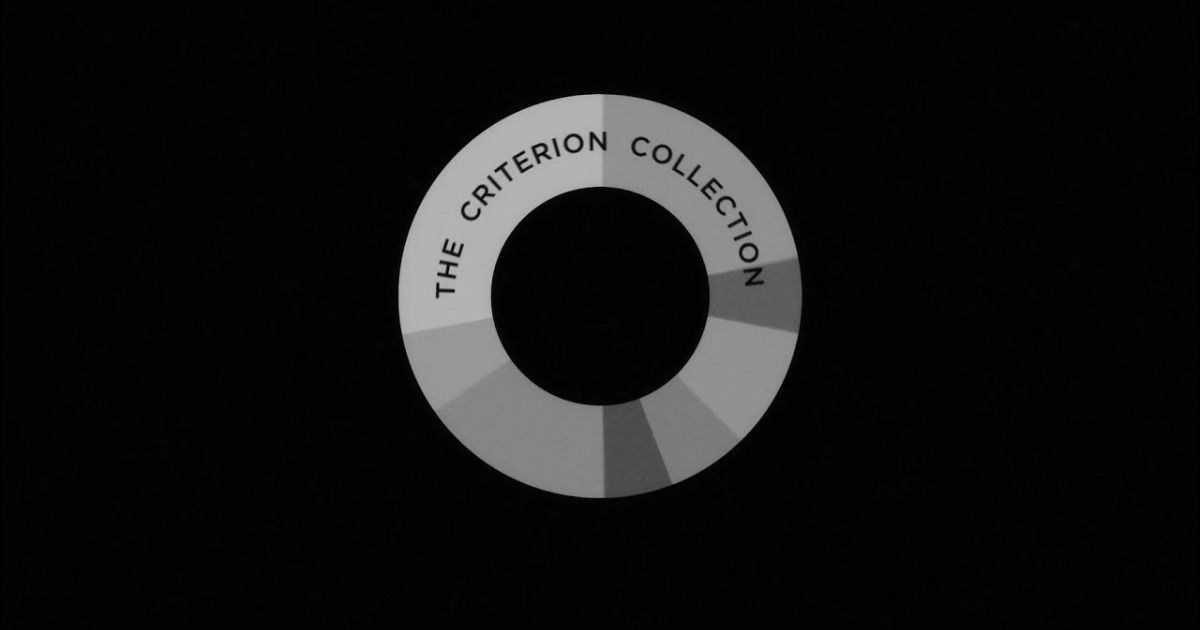
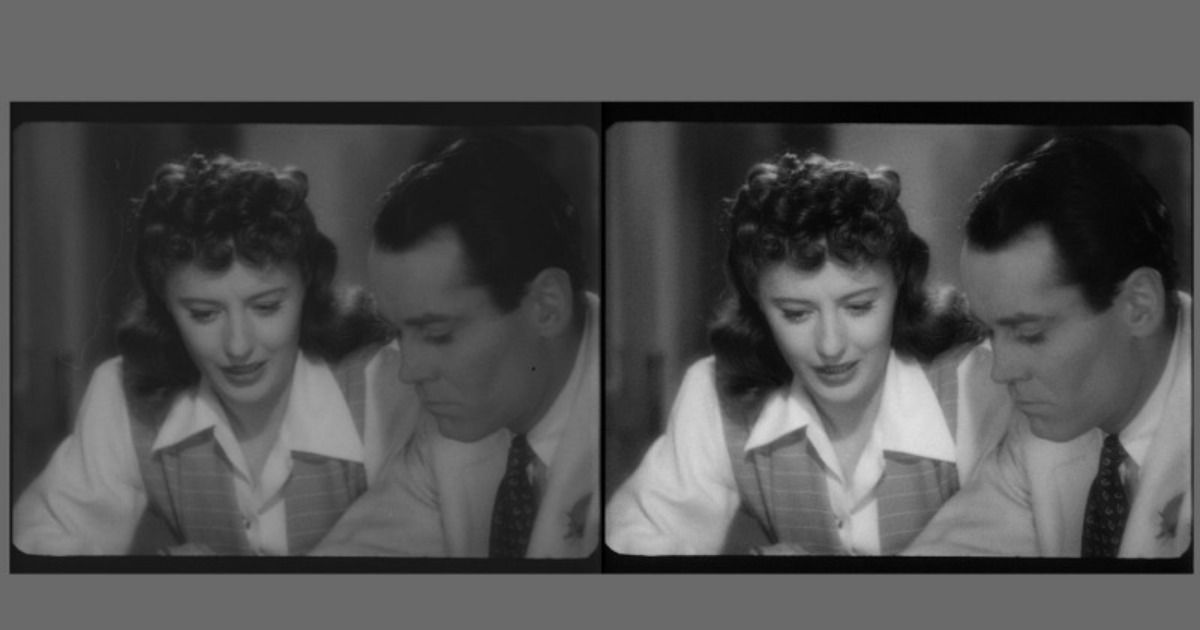
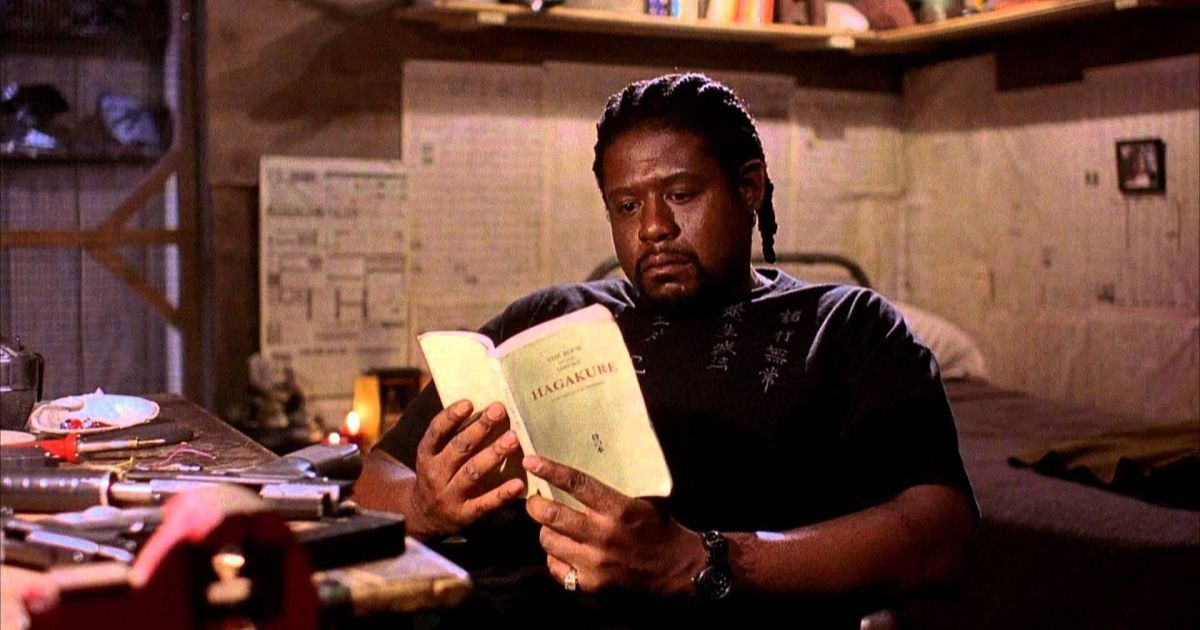
.jpg)